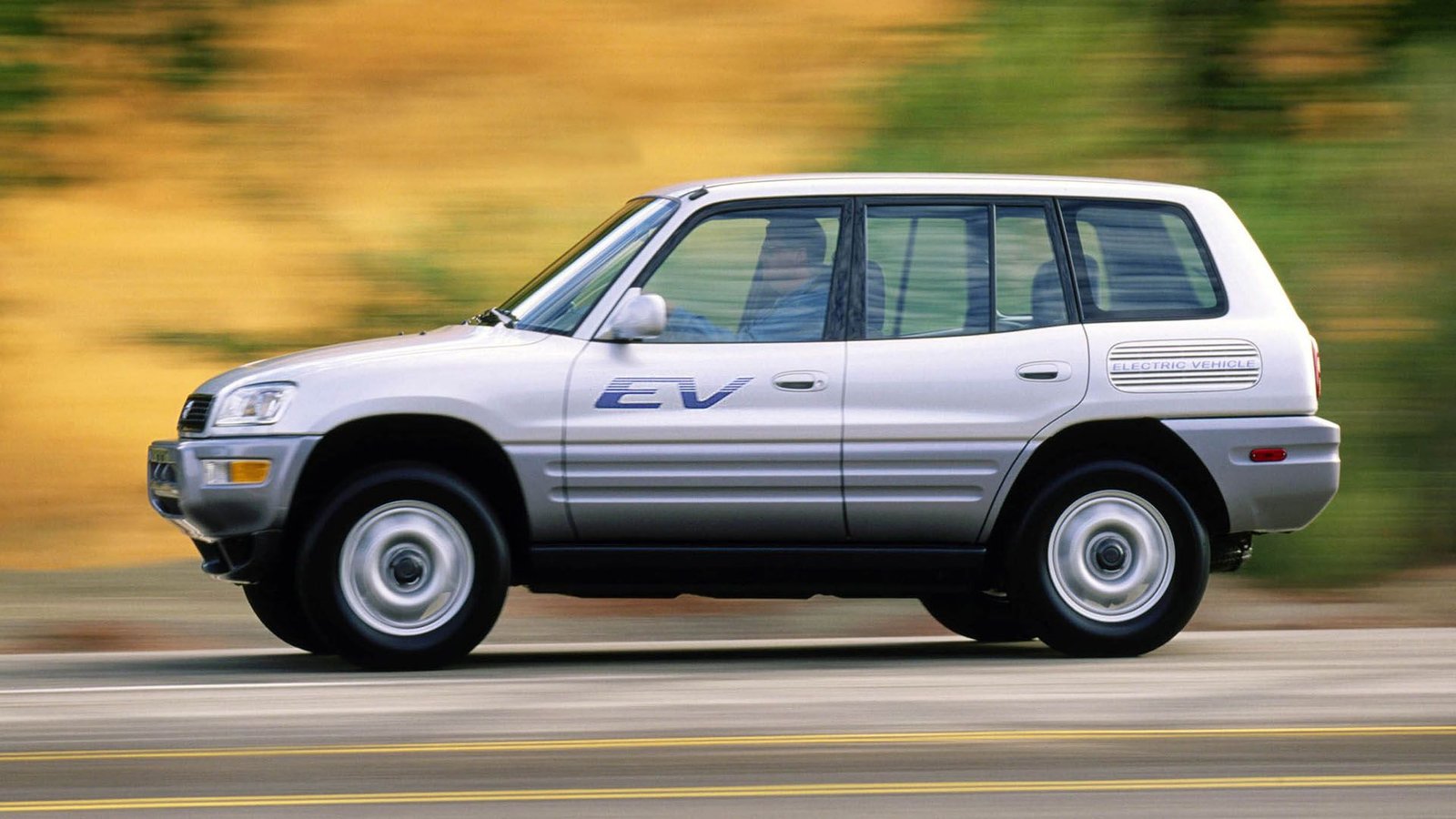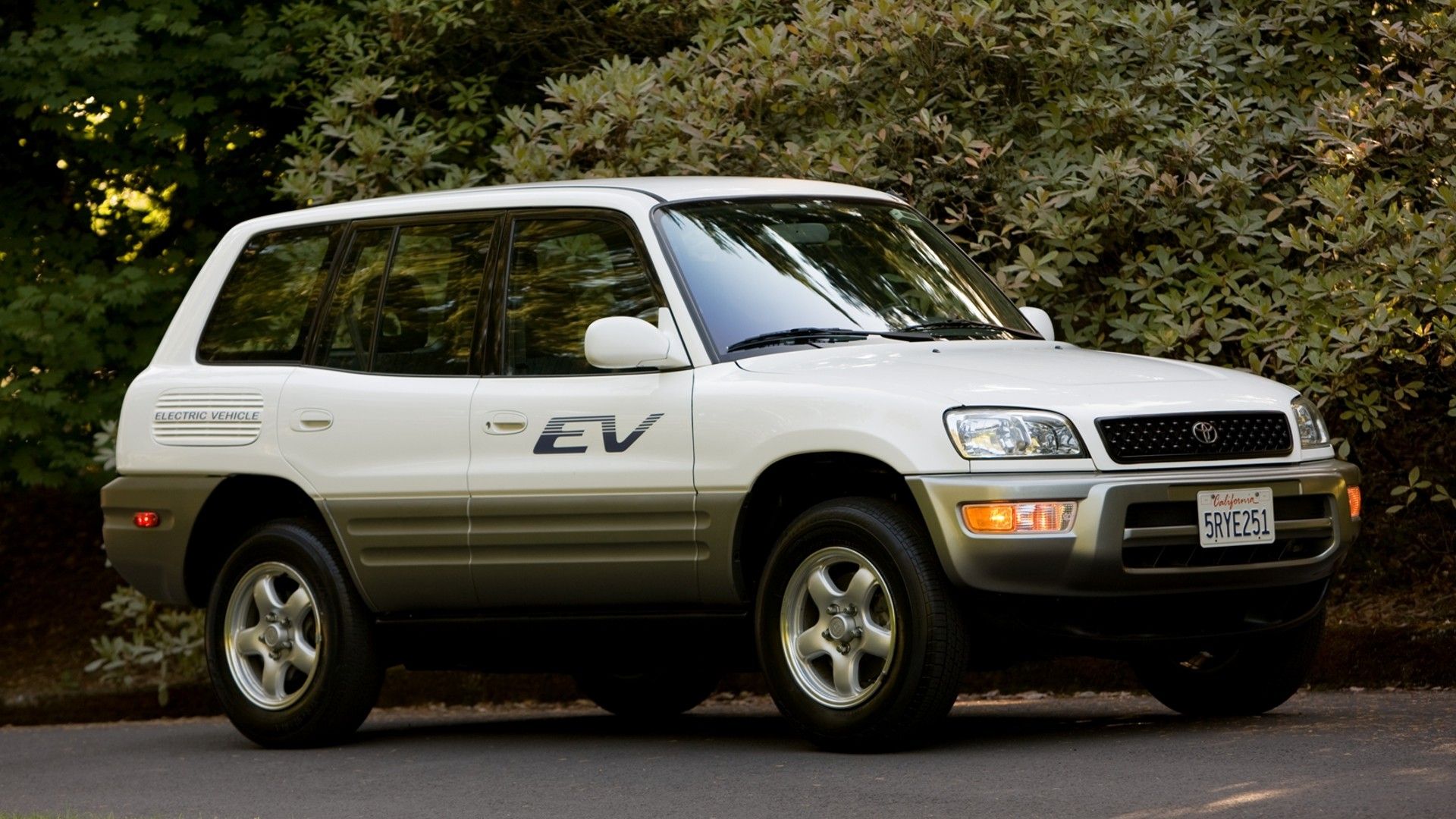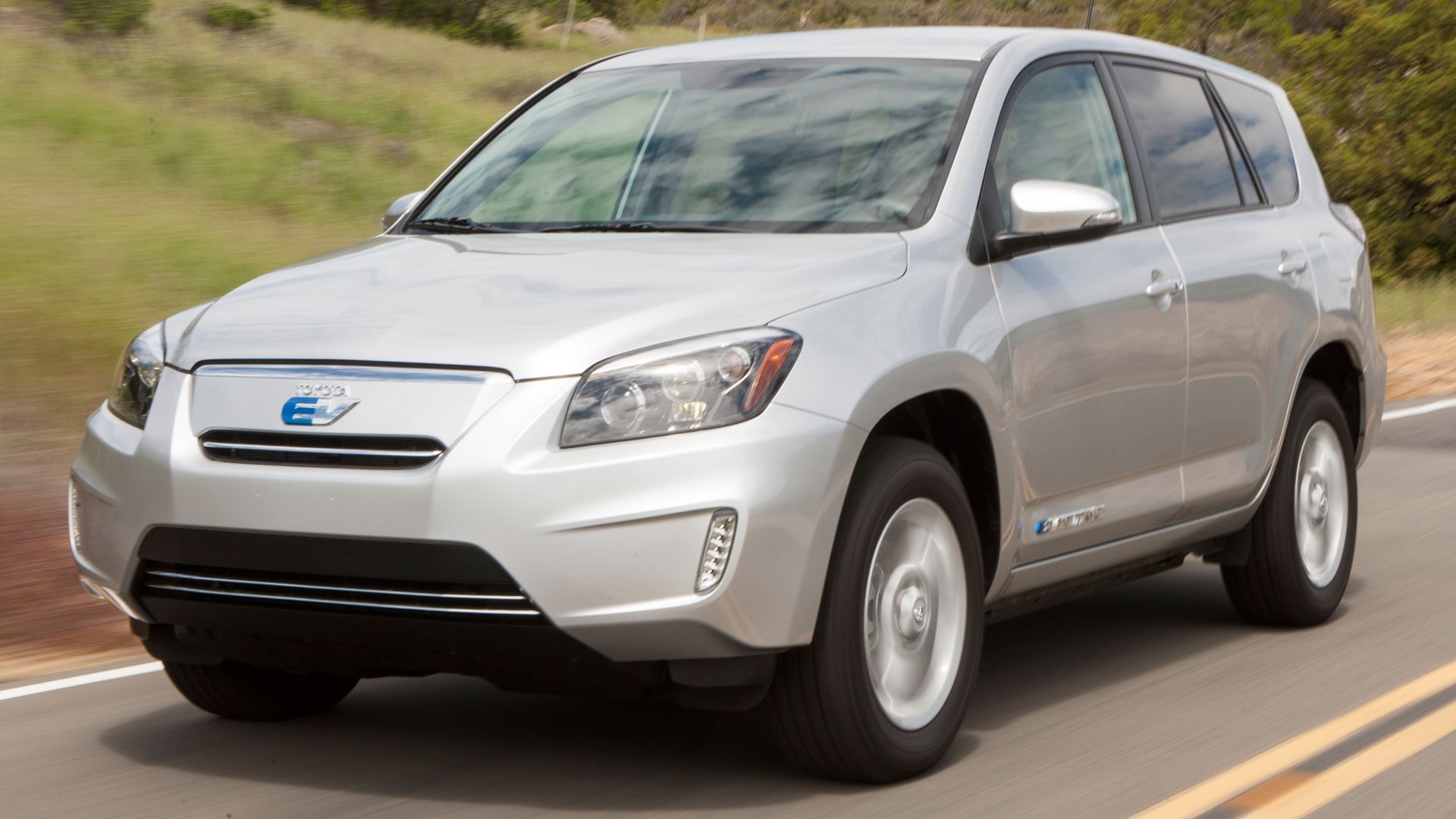Toyota has been at the forefront of eco-conscious consumer manufacturing for several decades. Toyota was ahead of its time in these efforts, as now governments all over the world are pushing for lowered emissions from automakers. Automakers are responding with pledges to reduce emissions and go net-zero in the coming decades.
However, it would appear that until recently, it has not been a part of the most mainstream eco-motoring phenomenon, the electric car. Toyota’s eco-love has always been in the sci-fi world of hydrogen, hasn’t it? That is not entirely true, however. Back in the 1990s, Toyota did develop an EV. It appeared that Toyota was going to be one of the major players in the scene, because, in typical Toyota fashion, its EV was well ahead of the times, too.
Toyota was ready to give the auto world what it wanted, well before it even knew that it wanted it. Unfortunately, that future did not come to pass, and Toyota has been shy about EVs for the past few years. Here is the story of Toyota’s first electric vehicle. It starts out with promise, and then, unfortunately, some tragedy. However, like most good stories, it does have a sequel. There are even plans for a reboot.
In order to give you the most up-to-date and accurate information possible, the data used to compile this article was sourced from Toyota press releases and other authoritative sources, including MotorTrend and the 2006 documentary “Who Killed The Electric Car?”.
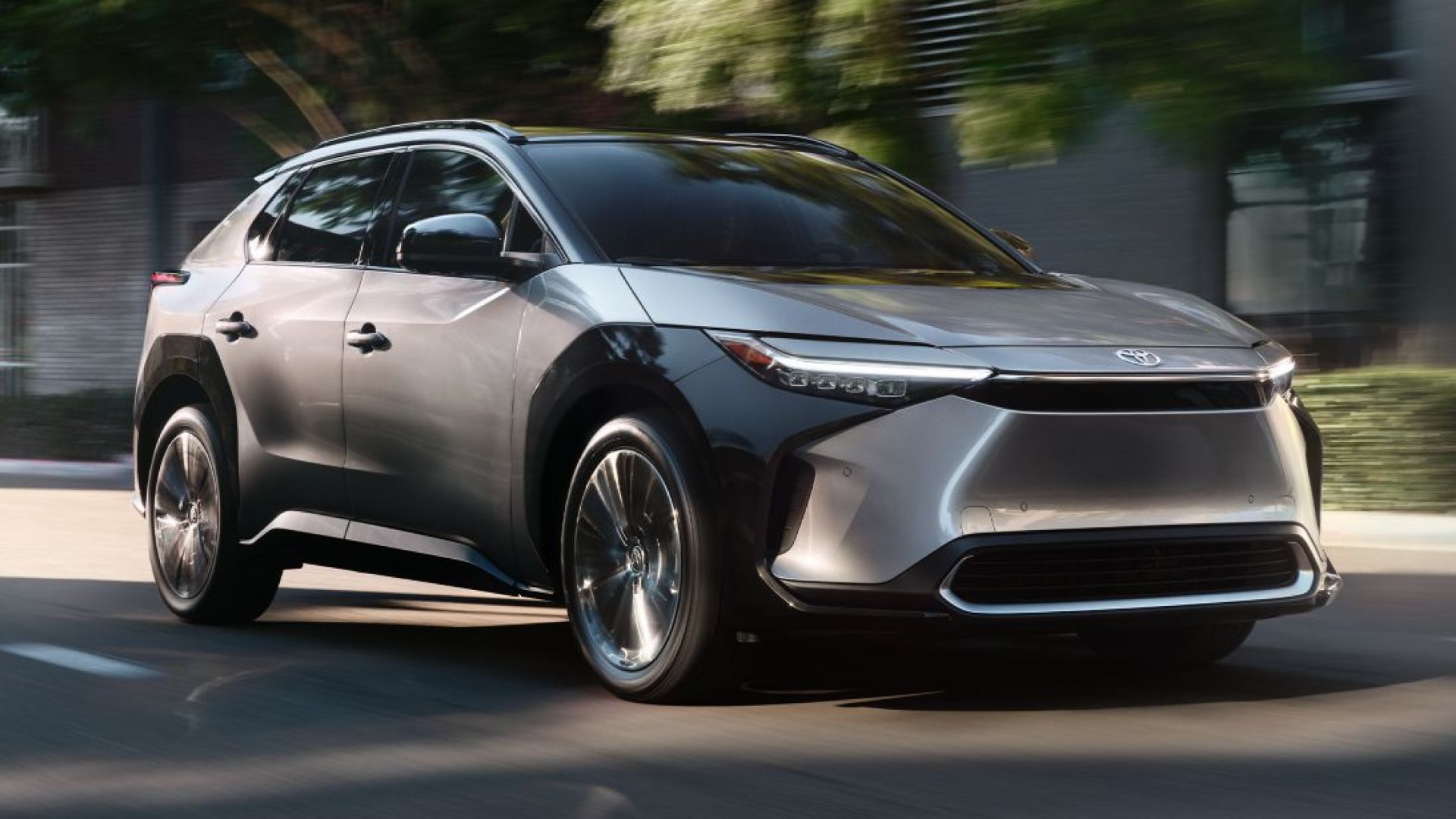
2023 Toyota bZ4X: A Comprehensive Guide On Features, Specs, And Pricing
The all-new bZ4X is a thrilling new entrant into the competitive EV crossover segment. This is everything you need to know about it.
The RAV4 EV Was Toyota’s First Fully Electric Car
The first electric vehicle from Toyota was based on its popular RAV4 crossover. Unlike most similar-era EVs, which were either aerodynamic sedans and wagons or big trucks and vans, Toyota went for the small SUV that was booming in popularity with consumers at the time. This now looks to be an extremely prescient decision, because most automakers are using a crossover-style car as their EV flagship in the 2020s.
Development Began in 1995
Much like it does with its modern green technologies, Toyota began testing of the RAV4 EV in motorsport. The RAV4 EV competed in several rally championships and was successful too. It won the Scandinavian Electric Car Rally in 1995. It also won twice at the Montecarlo Rally for Electric Vehicles. Toyota believes using racing to bring cars to the road produces a superior product and has maintained this philosophy for a long time.
Another way that the RAV4 EV was ahead of its time was the battery design. Though it used the older technology of nickel-metal hydride rather than lithium-ion, the location of the batteries was very prescient. Toyota put the battery pack in the floor of the car, which is now pretty much standard practice for EVs all over the world. As usual, the future of mass-market auto production can be seen in Toyota’s work.
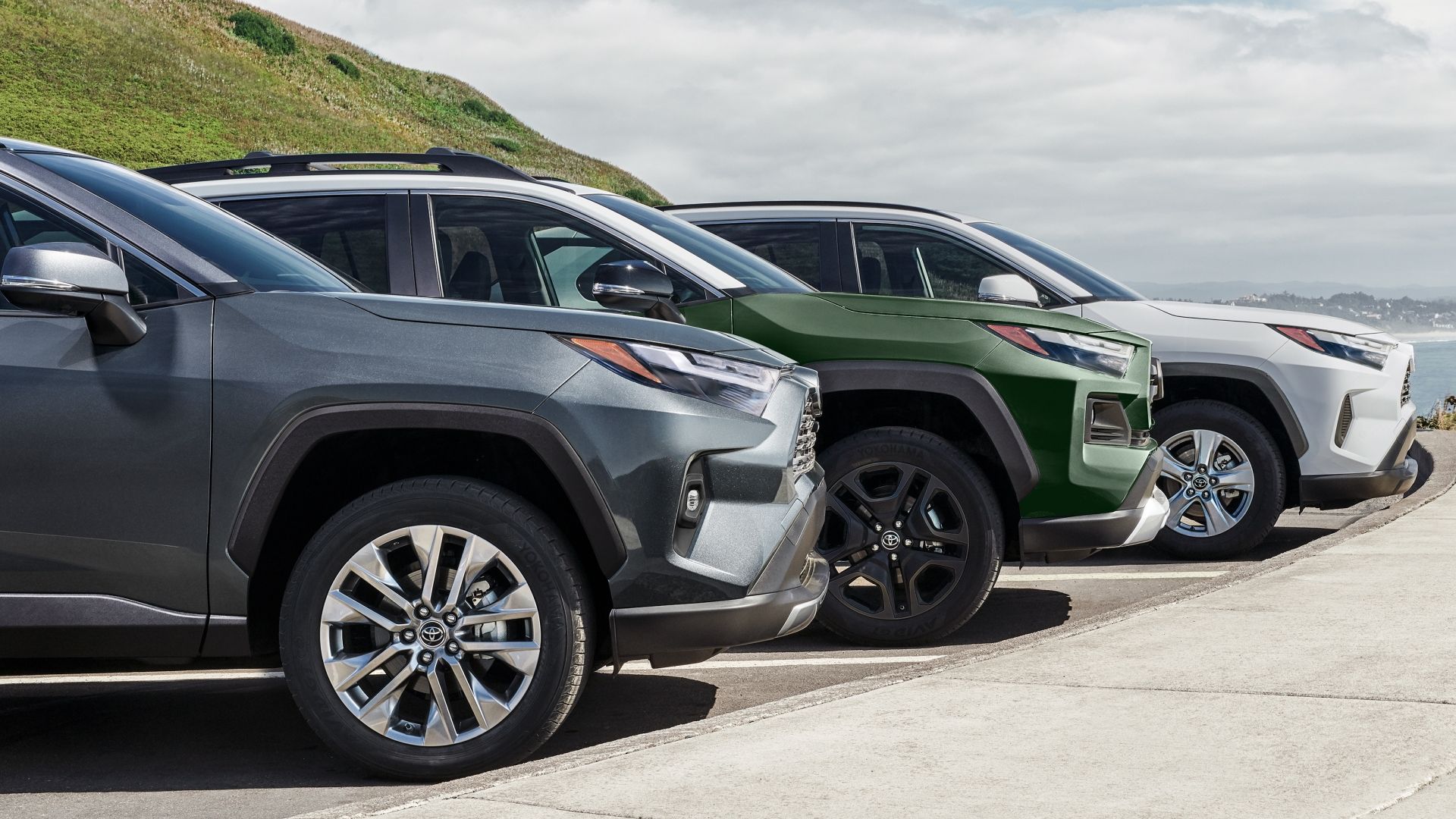
2024 Toyota RAV4: Pricing And Features By Trim Level
Offered in a variety of flavors including hybrid and plug-in hybrid models, here’s what the gas-only lineup looks like on the 2024 Toyota RAV4
The RAV4 EV Hit The Market In 1996
As is typical with Japanese cars, the RAV4 EV was first available to the public in Japan. After California created a law that required all major automakers to sell a certain number of zero-emission vehicles to sell any of their cars in the state, Toyota set its mark on the U.S. market with the EV. Toyota had tested the RAV4 EV to 300,000 miles and knew that it was a safe and reliable car for American families. Toyota’s legendary reliability would continue to be a strength for the brand here as well.
The First Generation Was Available In The U.S. From 1997 to 2003
Originally, the RAV4 EV was just available for lease in California. Despite limited availability, the car gained some cult popularity. By 2002, Toyota began to sell RAV4 EVs to the public in 2002, and sold 382 units before the line was discontinued. Toyota leased over 1,000 examples, largely to municipalities and businesses. However, the car was desired. At the point of discontinuation, there was still a waiting list to receive a RAV4 EV (well get to why that was later). The car was durable, too. Examples are still on the road today over 20 years later. When sold, the base MSRP was $42,000, but rebates brought it down to $29,000. That is about $50,000 in today’s money, or the equivalent of a well-equipped TeslaModel Y.
RAV4 EV Specs
The RAV4 EV had fairly standard performance for a 90s-era EV, but had comparable power to a Geo Metro. Here’s a specs breakdown.:
|
Engine |
Single Electric Motor |
|
Transmission |
Automatic Single Speed |
|
Horsepower |
67 HP |
|
Torque |
140 LB/FT |
|
Driveline |
Front-Wheel Drive |
|
0-60 MPH |
~18 Seconds |
|
Top Speed |
78 MPH (Limited) |
|
Range |
95 Miles (EPA)/134 Miles (Toyota) |
(Data Sourced from Toyota)
While this performance is not anything special, it was absolutely good enough to work as a commuter or family car. Charge times took about six hours, however, and very few public charge points existed at the time. This factor likely made the RAV4 EV an option as a second vehicle for those who did purchase one.
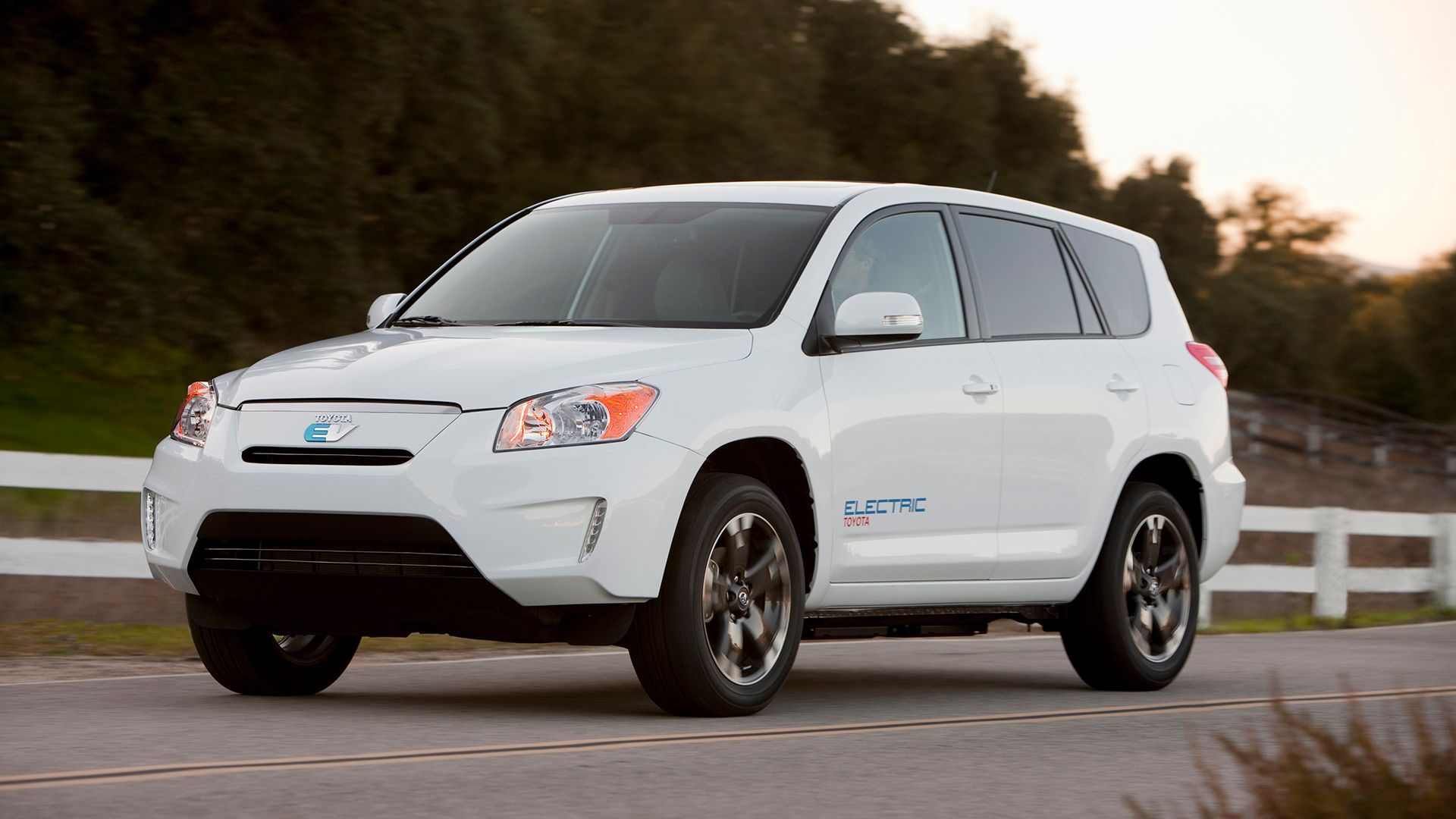
Here’s Why The Toyota RAV4 EV Was Way Ahead Of Its Time
The RAV4 EV, a pioneer in the ’90s, set standards for fuel efficiency, performance, and environmental responsibility that the world wasn’t ready for.
The Original RAV4 EV Was Terminated Due To A Battery Patent Issue
The RAV4 EV featured a Nickel-based battery, that was provided by Panasonic. The battery was among the best in its class at the time and provided just under or just above 100 miles of range depending on if you asked the EPA or Toyota. However, without the capability to make its own batteries, Toyota was put in a difficult position as the market for the technology changed in the early 2000s.
Chevron-Texaco Merger Prevented Toyota From Using NiMH Batteries
When Texaco merged with Chevron, the new conglomerate decided to go after the use of the battery technology they held a patent on through their Ovonics battery subsidiary (later restructured into Cobasys), previously purchased by Texaco. They filed a patent infringement suit against Panasonic and Toyota, which resulted in the two companies being forced to stop all transportation-based uses of the battery until 2010. Almost overnight, the RAV4 EV was dead because an oil company saw the threat of the electric car and decided to leverage the courts against it.
Toyota Was Not The Only Manufacturer Impacted By This Decision
Cobasys was notorious for refusing to work well with automakers in providing for their battery needs. They set a 10,000 battery order minimum, essentially killing any small carmaker’s ability to get the top-notch batteries needed. Most famously, Mercedes-Benzsued Cobasys in 2008 for failing to provide a large order of batteries for their hybrid line. Fortunately, lithium-ion battery technology would become more viable than NiMH, and the Cobasys stranglehold would end. However, the damage was already done. Toyota was out of the EV game.
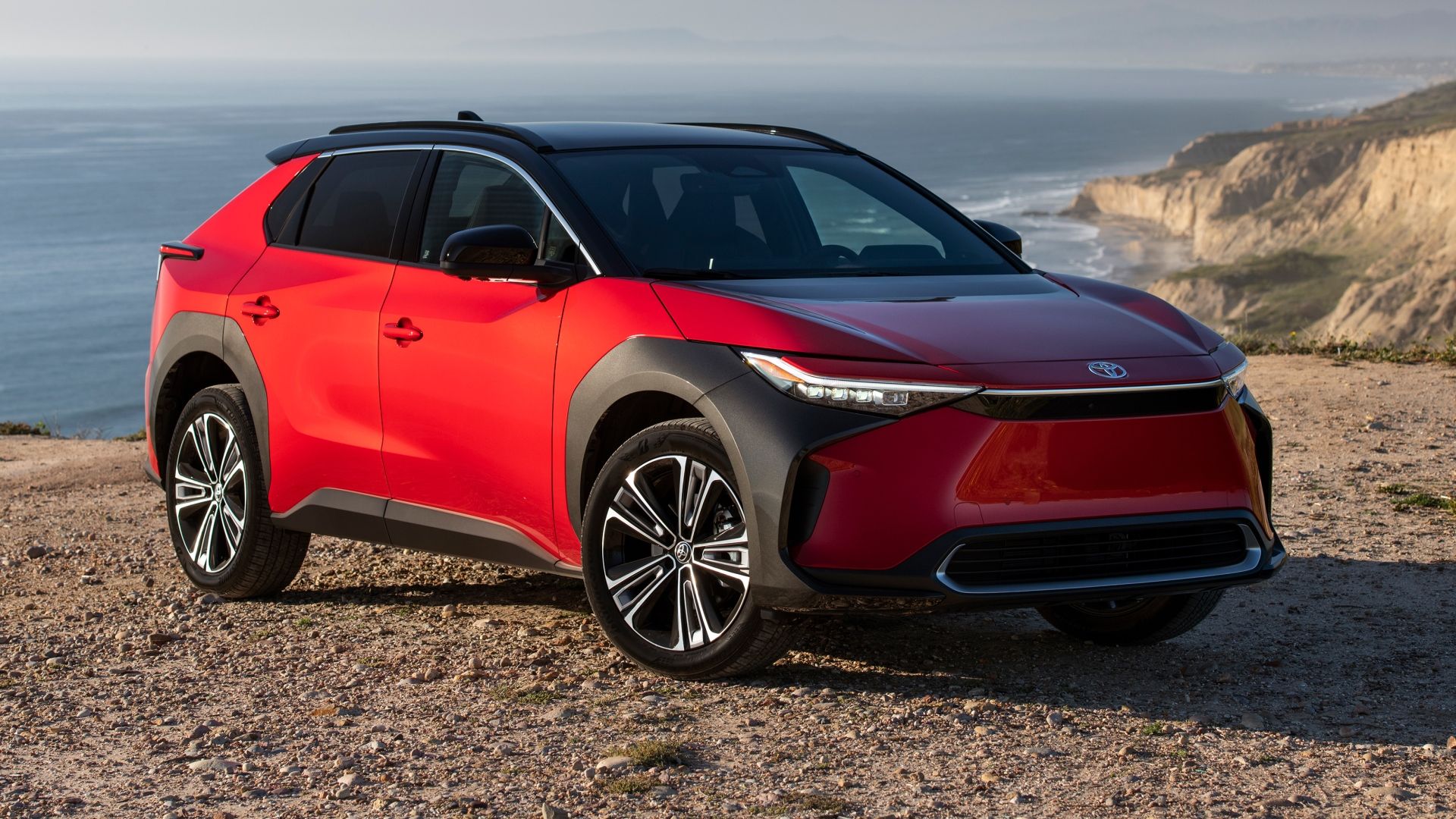
Toyota Electric Vehicles Lineup: Everything New For 2024
Toyota’s 2024 electric lineup produces adequate competition in the EV transportation industry with the hydrogen fuel cell Mirai and the electric bZ4X.
A Second Generation Was Back On The Road In 2012
Fortunately, Toyota would not stay down in the wake of ChevronTexaco’s legal manipulations. Several years after discontinuing the production of the original RAV4 EV, Toyota would begin planning for a new RAV4 EV. This time, they decided to partner with an up-and-coming name in the EV space, to avoid some of the pitfalls of the previous run.
Tesla Co-Developed The New Car
Toyota partnered with Tesla (and owned a significant chunk of shares in Tesla at the time) to create the driveline for the second RAV4 EV. Toyota built the chassis and interior, Panasonic built the battery and Tesla the electric powerhouse. Three terrific companies working in harmony to produce a vehicle. This time, it was available for sale immediately, and widely. It started at $49,800, a massive price tag for a small SUV EV, even in 2012 when there were fewer options in the market. However, it was widely considered one of the best EVs to drive at the time of release.
Here’s the performance Tesla was able to put into the updated RAV4 EV.
|
Engine |
Single Electric Motor |
|
Transmission |
Automatic Single Speed |
|
Horsepower |
154 HP |
|
Torque |
270 LB/FT |
|
Driveline |
Front-Wheel Drive |
|
0-60 MPH |
7.2 Seconds |
|
Top Speed |
100 MPH |
|
Range |
103 Miles (EPA) |
(Data was sourced from Toyota)
By the end of its production run in 2015, the car had sold over 2,400 units. While certainly not as big of a success as the Nissan Leaf, Toyota felt confident enough in its ability to develop an electric car after this. Toyota terminated its relationship with Tesla and sold all its shares in the electric carmaker, with the hopes of making its own electric vehicles. Now those ambitions are coming home to roost.
The bZ4X is now on sale in the U.S., and Toyota plans to have seven ‘bZ’ series electric cars out by 2025. It all started with the RAV4 EV, and really, who knows where we could be without the oil industry’s interference with the NiMH batteries that originally powered it? Regardless, EVs are here to stay, and Toyota has a long and rich history with them. If you look around, you may notice that someone in your neighborhood is driving a RAV4 EV, because much like other ’90s Toyotas, these things are hard to kill.

